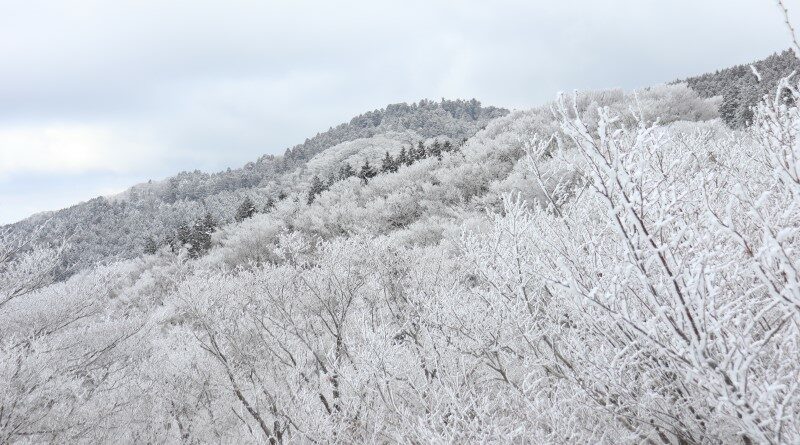
Mount Kongo, Kansai’s Snowy Escape
On the border of Osaka and Nara is the 1125m tall Mount Kongo. Mount Kongo is one of the most popular mountains in the Kansai, especially in winter when people from all over the Kansai region come to enjoy this beautiful snowy mountain. With well maintain trails and easy accessibility everyone from hiking enthusiasts to beginners can enjoy Mount Kongo.
*Mount Kongo Ropeway is suspended since spring in 2019 and probably won’t resume operation this winter. (See Chihaya Akasaka Village Website for more information)
Hiking Mount Kongo
We arrived at Kawachinagano Station at 8:30 but there was a long line in front of the bus stop. We knew that Mount Kongo is very popular in the winter but it seems it is even more popular than we imagined.
Mount Kongo has more than 10 hiking trails of various difficulties to the top of the mountain. For example, there is one trail through the Mizukoshi Pass, another that starts from the Kongo Ropeway Chihaya Station in Osaka, and yet another that starts near Takaamahiko Shrine in Nara.
The most popular route starts near the Kongo-san Ropeway Chihaya Station: the Chihaya Honmichi Trail. This route is very short; just around 4 km and doesn’t require any heavy hiking gear except a pair of snow cleats in the winter.
Chihaya Castle
Chihaya Honmichi Trail is easy to access and has plenty of bus service near the start of the trail.
Once you get off the bus, everybody goes down the slope to reach the start of the Chihaya Honmichi Trail. However, there is another route that runs parallel to this one just a couple hundred feet away that is rich in history.
This trail will take you by the former site of Chihaya Castle and eventually merges with the Chihaya Honmichi Trail. Since it doesn’t add a lot of of time to your hike we think it’s worth the small detour.
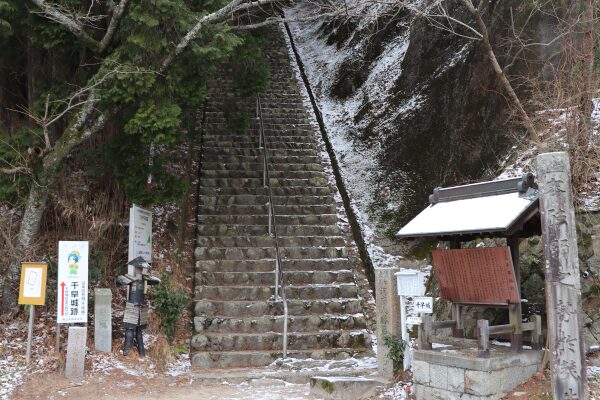
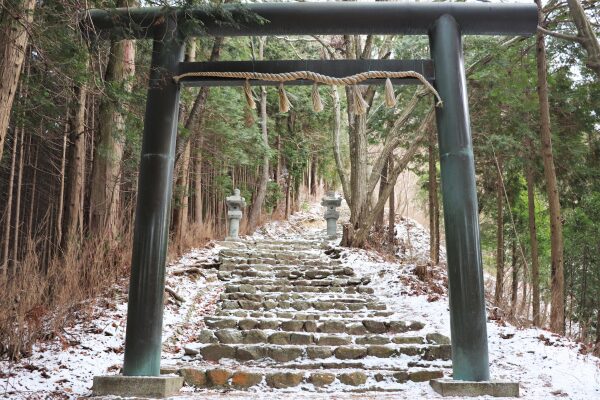
After about 15 minutes, we arrived at the site of the castle.
The brilliant war tactician and strategist Kusunoki Masashige built Chihaya Castle sometime near the mid-14th century. The Osaka native Kusunoki Masashige, was a key figure of the short-lived Kenmu Restoration who greatly contributed to ending the Kamakura government. Masashige’s devotion to Emperor Go-daigo is one of the most glorified examples of samurai loyalty in Japanese history.
Though all of the castle’s buildings were totally demolished, it still has a spot as one of the top hundred castles in Japan.
It snowed a lot here, so we put on our snow cleats here.
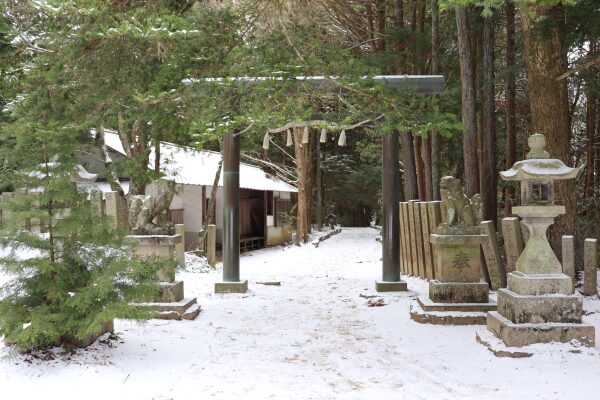
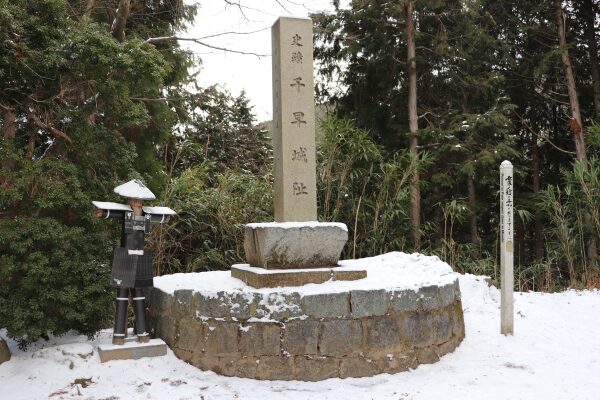
Currently, Chihaya Shrine enshrines Kusunoki Masashge and stands on the original site of Chihaya Castle’s main keep.
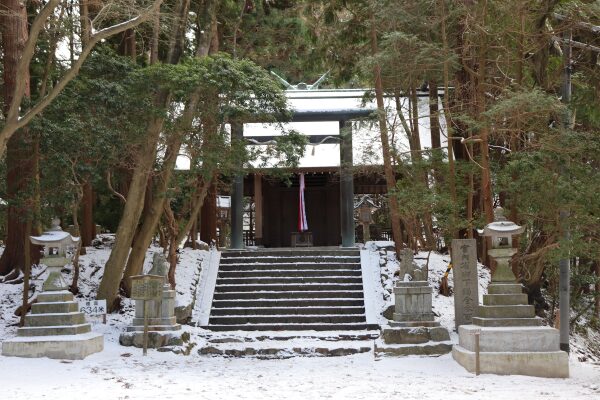
Chihaya Honmichi Trail
Just after the shrine, the trail merges with Chihaya-Honmichi Trail. The further up the trail you go, the heavier the snow gets.
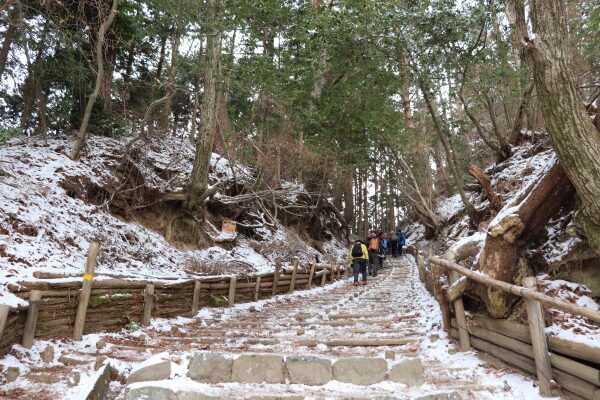
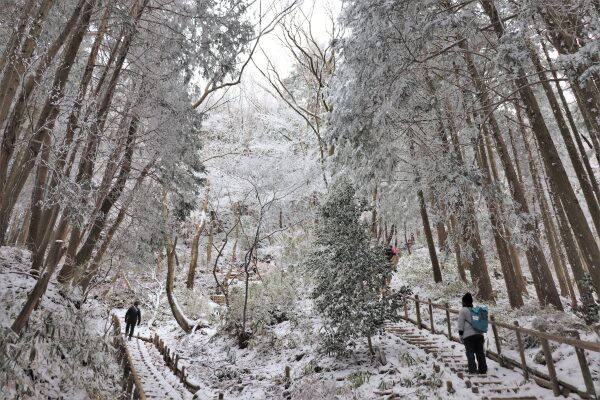
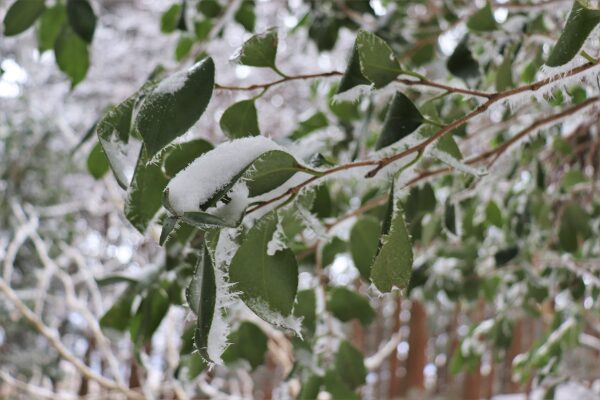
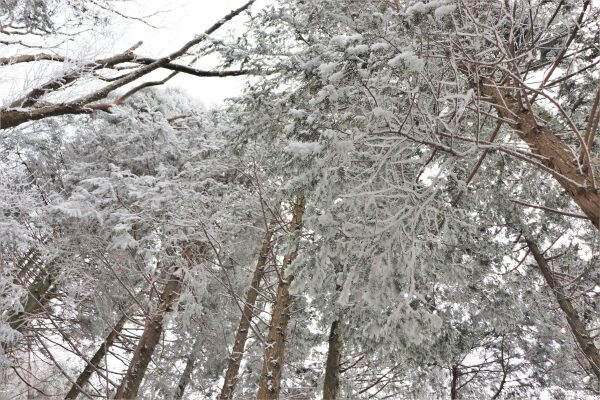
Finally, we arrived at the top of the mountain. It supposedly takes an hour and a half to the top, but because we aren’t used to walking with snow cleats, it took us closer to two hours to finish the trail.
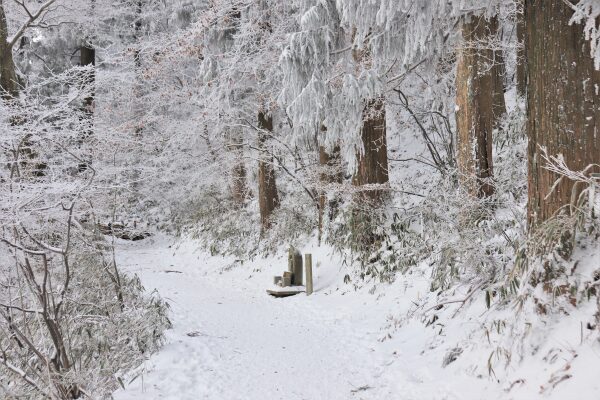
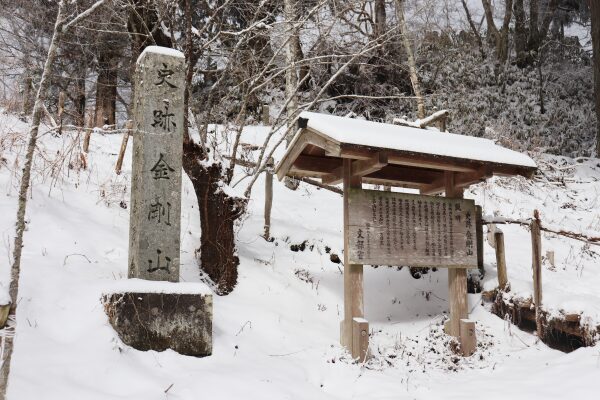
Top of Mount Kongo
At the top of the mountain is a clearing where people usually take a few victory selfies and enjoy snow or a quick bite.
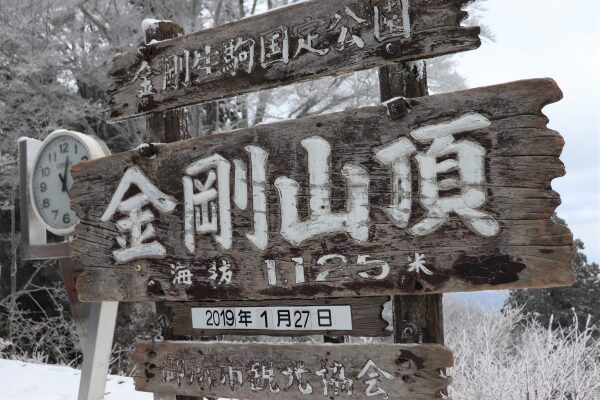
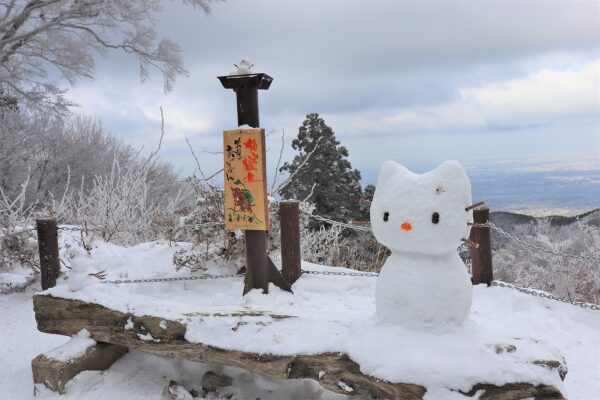
Japanese people seem to enjoy eating some instant cup ramen up here. How do they get the hot water? They carry portable stoves with them! To me, this is especially surprising that they would bother to carry heavy cooking tools up here. Just take a sandwich!
Not to mention there is a small restaurant and a vending machine that sells cup noodles up here, so it’s pointless.
It was -5C but it didn’t feel especially cold.
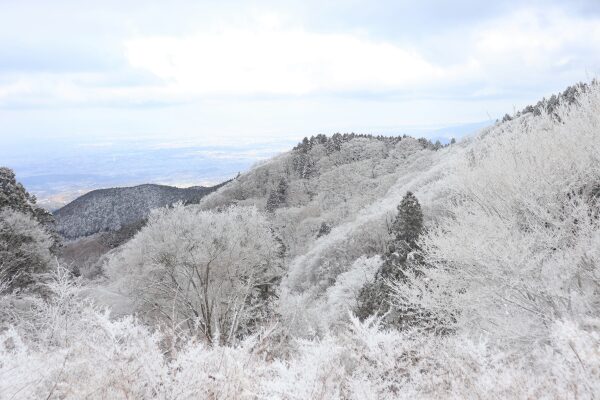
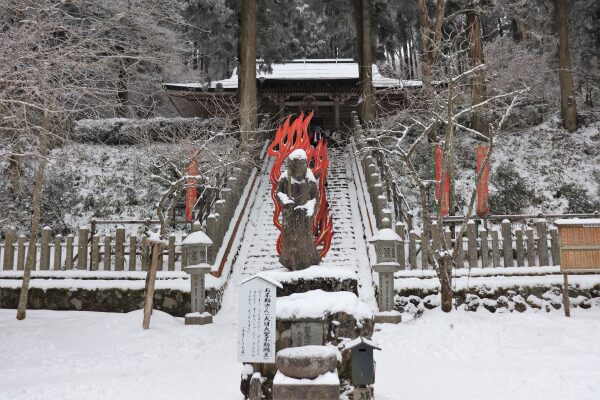
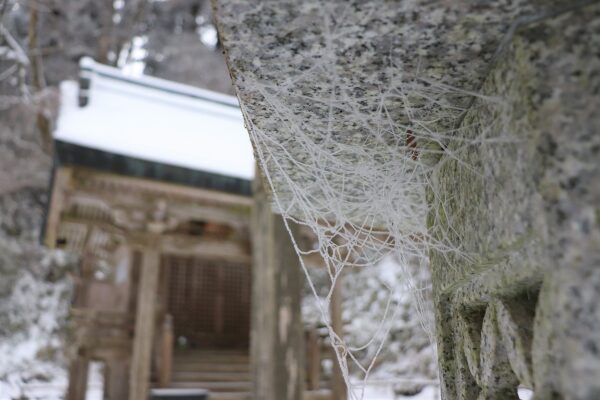
If you have time, walk around the top of the mountain. There are plenty of clearly marked trails that will give you plenty of opportunities to enjoy the beautiful scenery. The mountain top is completely covered with snow.
There is a shrine called Katsuragi Shrine, which enshrines Hitokotonushi. The actual mountaintop is behind the shrine but unfortunately, the shrine prevents people from entering.
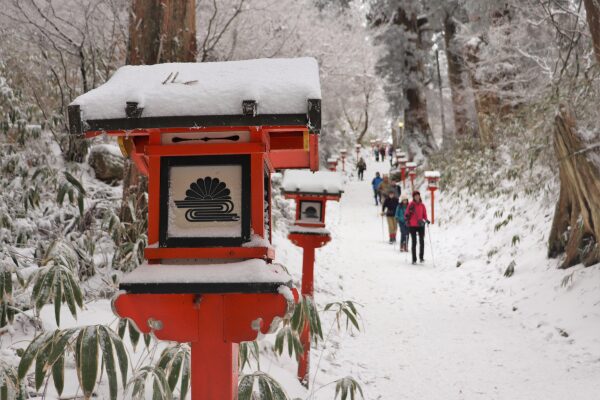
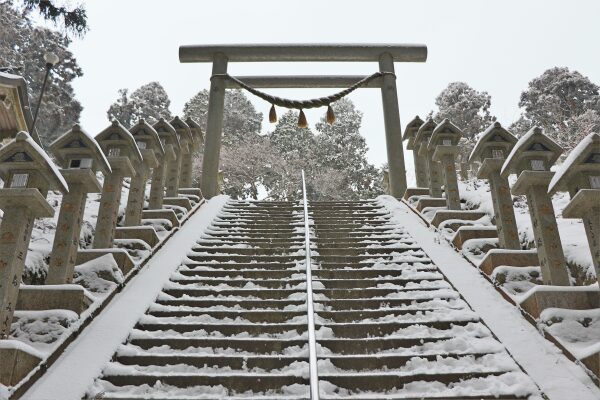
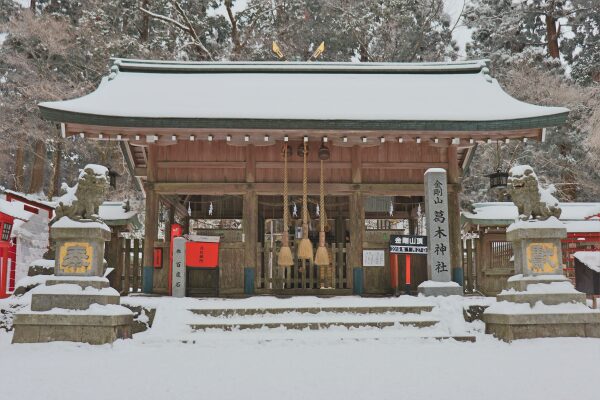
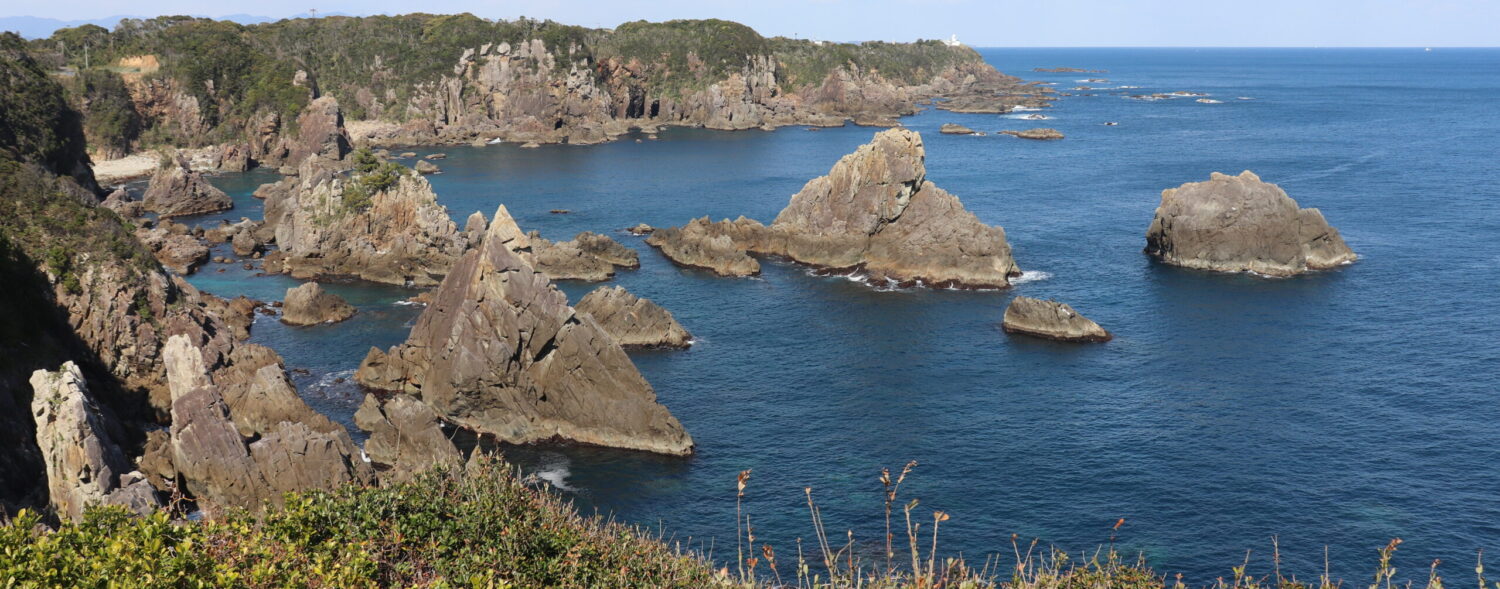
Leave a Reply